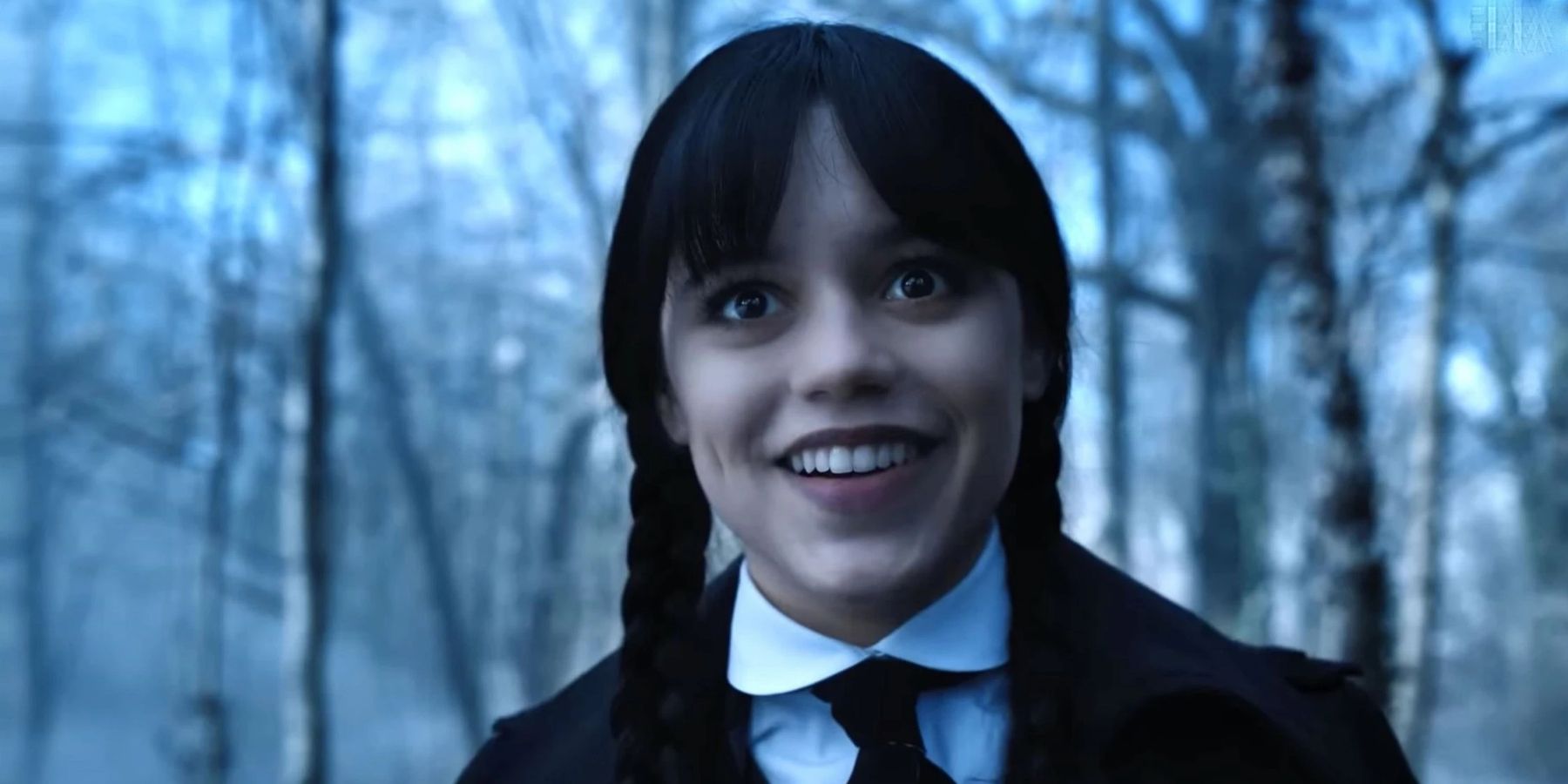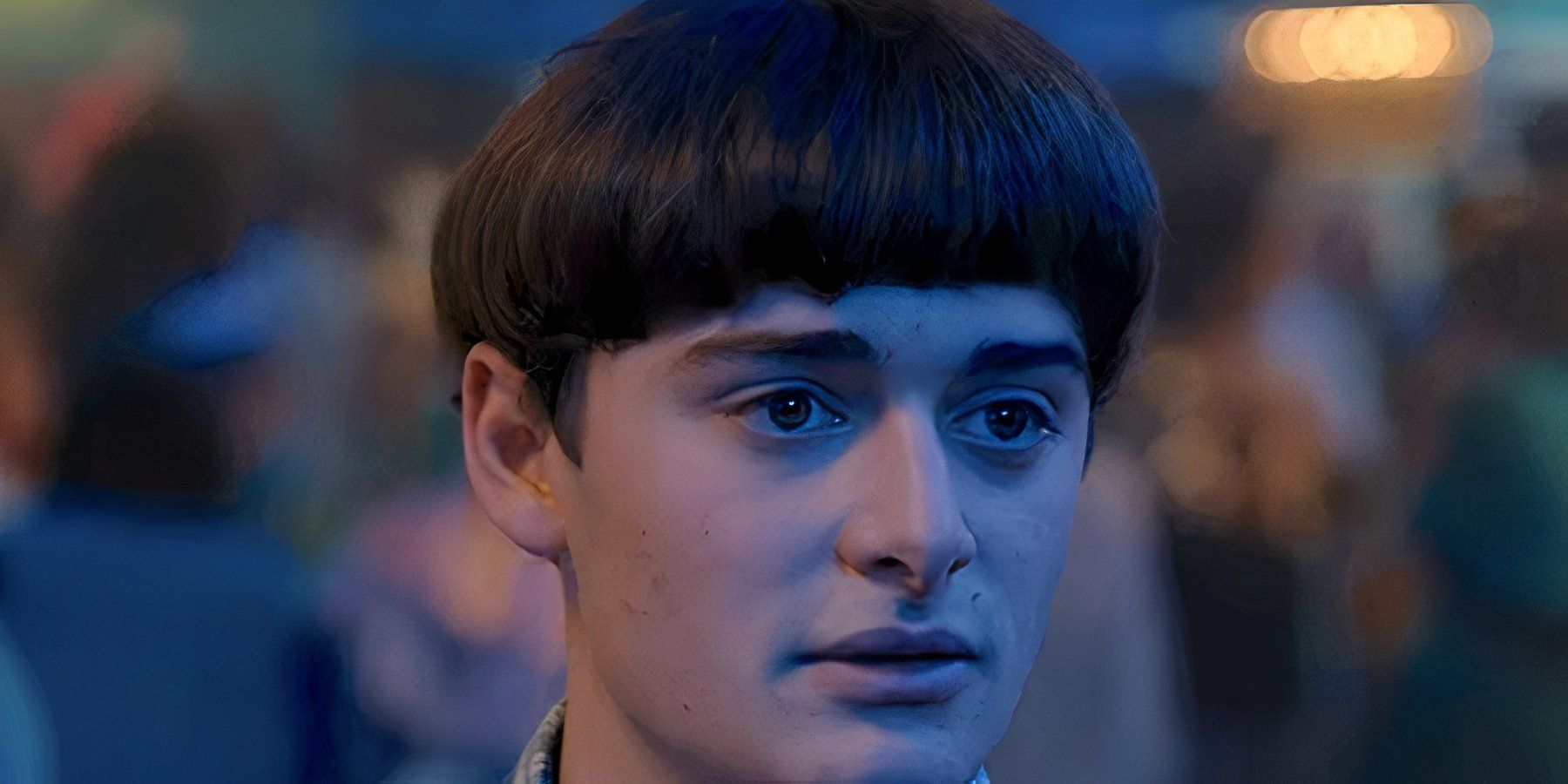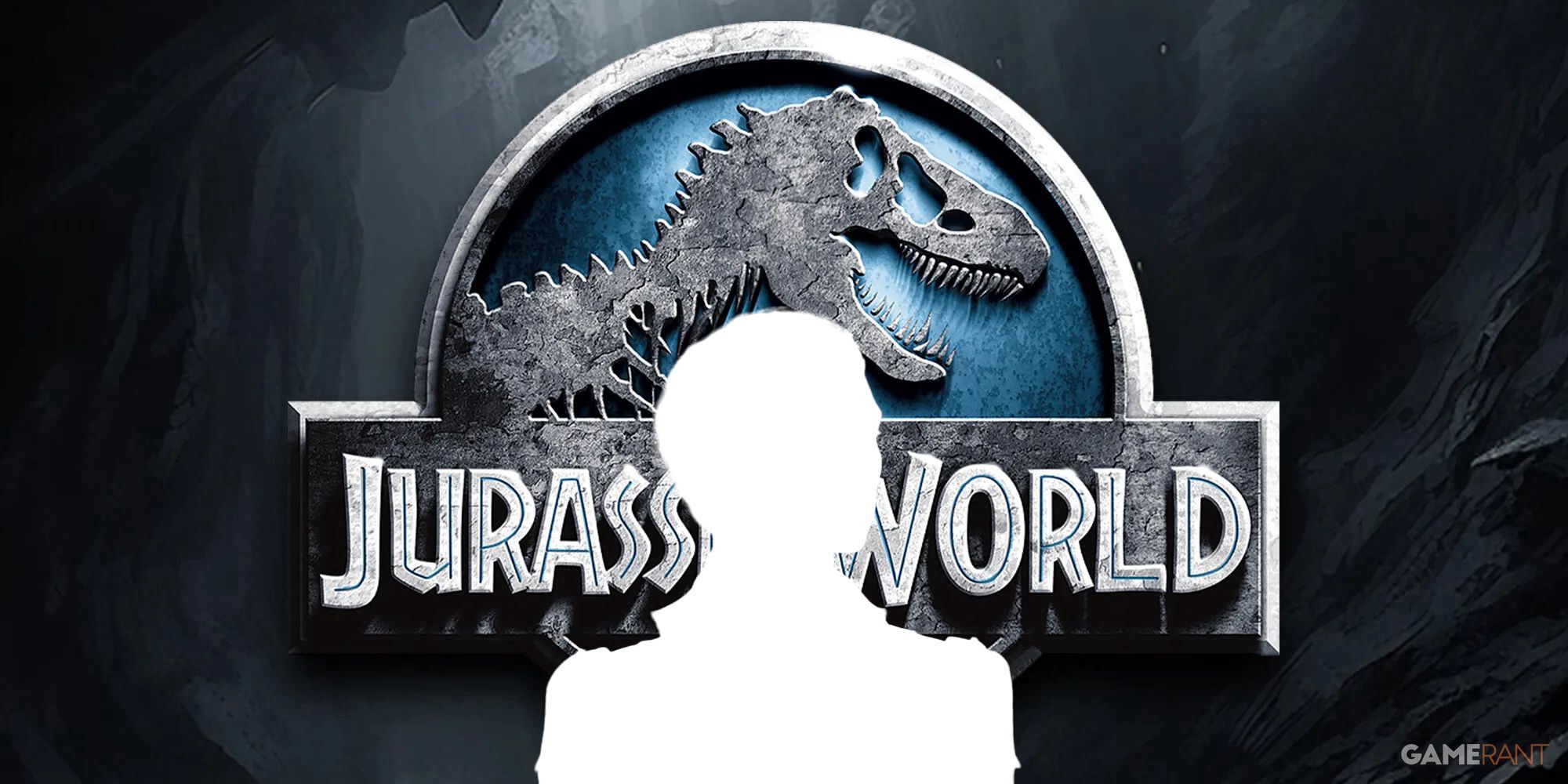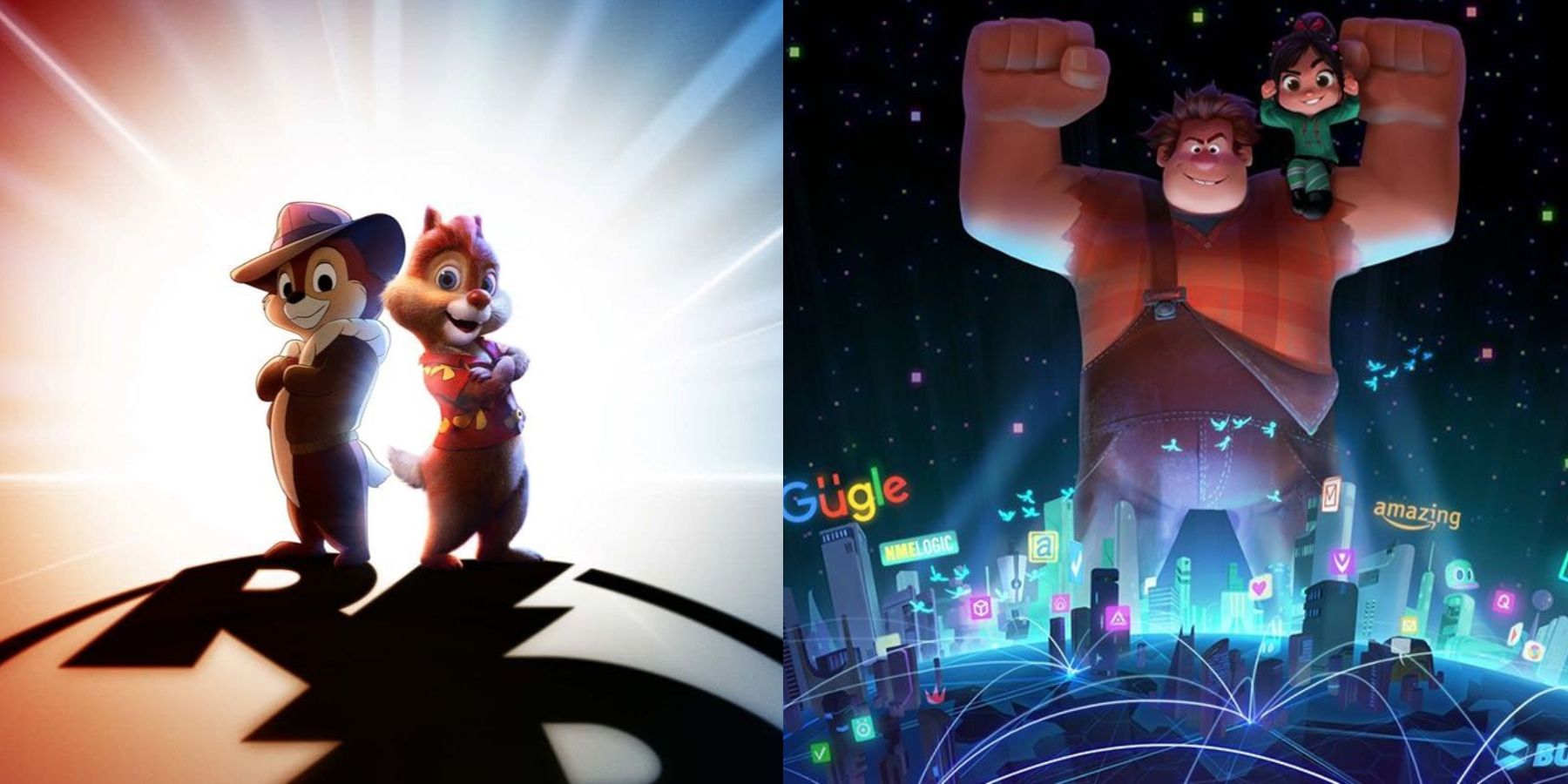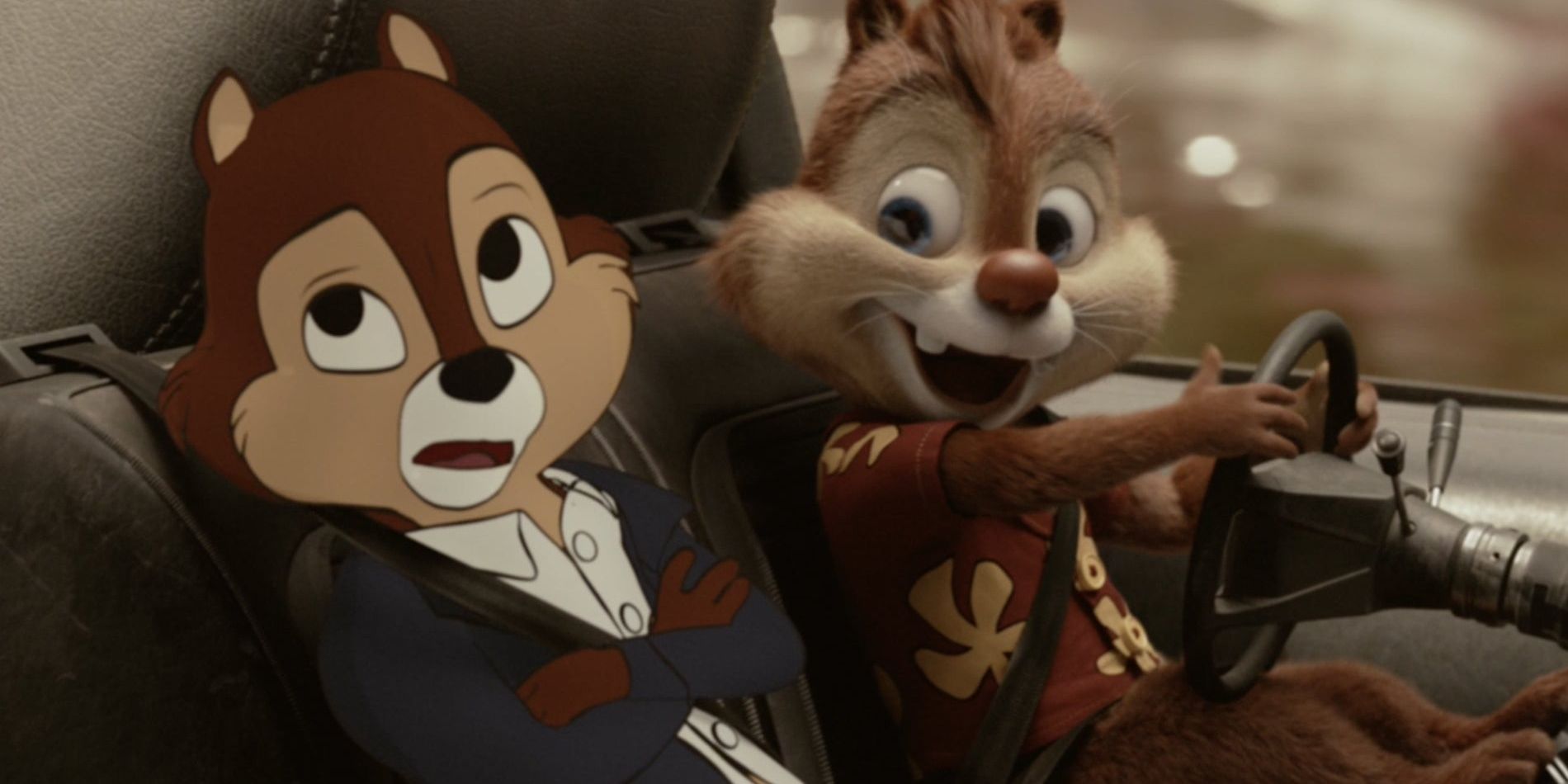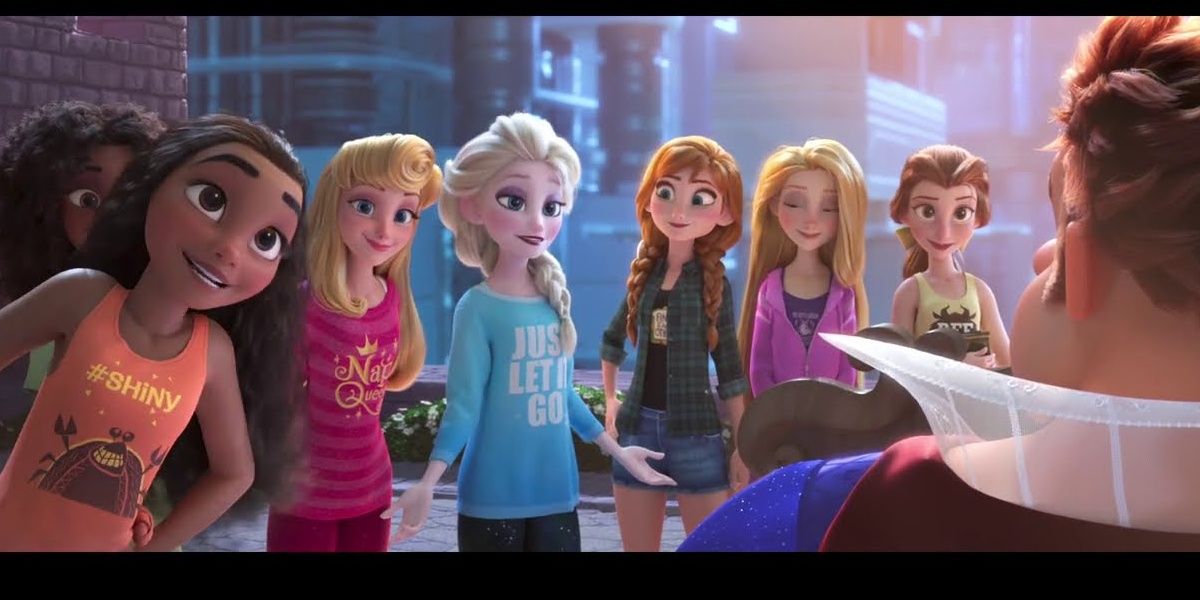Making art from the halls of one of the most dominant and all-consuming companies in media history is increasingly a losing battle. How can something stamped with the branding of the company that's eaten anything hope to make commentary about the world that it is increasingly claiming full control over?
The modern film landscape keeps putting out a kind of movie that inspires a mix of bemused mockery, vitriolic hatred, and unabashed horror. It's probably still best exemplified by Ready Player One, but there are plenty of examples these days. Films built around references and cameos beyond even the most shameless MCU property, where fans are expected to laugh and clap whenever they see a familiar face. Disney has fallen prey to this mistake before, and they're going back in with a purpose in round two.
Chip 'n Dale: Rescue Rangers is a reboot of the late-80s Saturday morning cartoon of the same name, but it aims higher than simple recreation. Rather than telling the same story, it seeks to reunite the group after decades of in-and-out-of-universe separation. The narrative finds the chipmunk duo drifting apart, leaving Chip in an insurance sales job while Dale remains famous.
The movie is a mixed-media extravaganza, using CGI, hand-drawn animation, and much more to create a variety of appearances. The cast is also packed with characters that are either barely veiled references or direct lifts from other media. Characters from other Disney properties make appearances in various forms, as do occasional outside-the-box references from other studios. At first glance, a viewer could confuse this for another cameo-fest, but there's something much more interesting going on here.
Wreck-It Ralph also looks a bit like those despicable films that trade exclusively on the star power of a million cameos. Tons of scenes feature video game characters, from the heavy hitters to the fairly obscure, but the story is ultimately about video games. The cameo appearances are mostly fun nods or weird in-jokes, and after the first act is out of the way, they basically vanish. As soon as the plot is underway, the narrative is driven entirely by the force of the original characters.
Moreover, the cameos aren't just there to excite hardcore fans. An early scene sees Ralph in a support group for video game villains, and though many of the characters are just there for nerds to pause and catalog, most of them are part of the scene. It's ultimately a story that is inexorably tied to the medium it's based around, which makes the references into cultural touchstones, rather than shameless pandering. It's not expecting praise for simply dumping a beloved character on screen, it's making the connections to keep them relevant. The sequel, unfortunately, falls short of that standard in many large ways.
Ralph Breaks the Internet takes a shockingly long break in its second act to launch what could only be described as a long-form advertisement for Disney. It's not a commentary about the cultural impact of Star Wars or an exploration of the portrayal of Disney's fairy tales, it's a poorly disguised catalog of references.
Even the scene which dominated the trailers, in which Vanellope discusses the perils of being a Disney princess with a selection of her peers, isn't really a commentary on anything. It's a sounding board for criticisms made by others without actually addressing any of the concerns on display. It's pandering self-aware pointing and laughing in a way that desperately seeks to prove to its audience that Disney is listening to even the most nitpicking critique. Some of Ralph Breaks the Internet is about the internet, but the overwhelming majority feels like Disney lashing out with jealousy after so many other companies got their cameos into the first film.
Chip 'n Dale: Rescue Rangers also packs its cast with references, but the love isn't limited to Disney. He-Man makes an appearance, there are Dreamworks and Paramount characters, and even the dreaded Ugly Sonic from the 2020 film's first trailers pops up. The difference isn't in which characters show up, it's in why they are there. The new film is a commentary on animation and how the medium has changed over the decades of the franchise's hiatus. From Dale and several other characters getting cosmetic surgery that results in more modern CGI, to the primary villain cast being made up of bootleg versions of icons, it's about animation as a medium.
Both of these films should stand as lessons in either direction on how to use the reference-heavy material so many filmmakers are abusing. Drawing an eye to the unfortunate truths of IP ownership that dominate modern cinema can be the death knell of otherwise interesting work. Chip n' Dale: Rescue Rangers should be an excellent lesson in the art of using characters from a variety of sources with a purpose.

